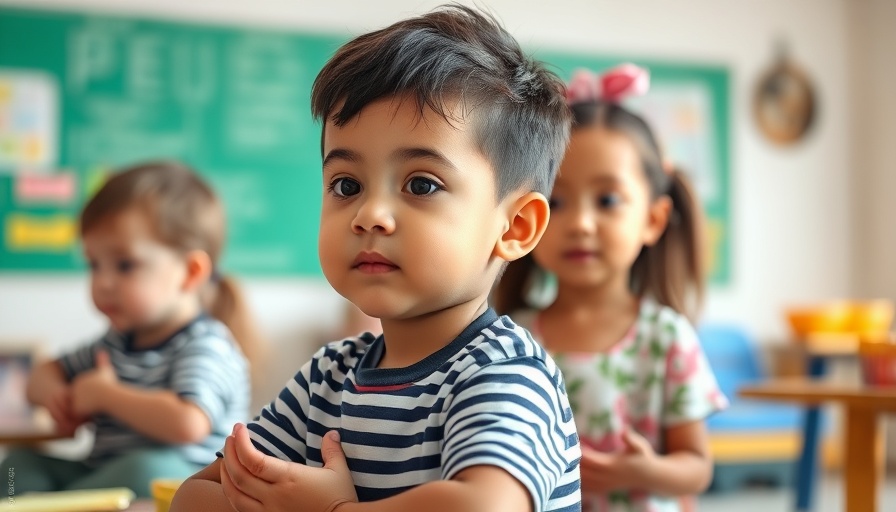
Finding Calm: A Creative Mindfulness Practice for Children
As parents, navigating through the emotional landscapes of our children can be challenging. With pressures from school, friendships, and even family dynamics, kids often find themselves feeling anxious or overwhelmed. To combat this, introducing them to mindfulness practices can be a game-changer. One such practice is the Calming Hands technique, a creative approach that doesn’t just teach kids how to manage their emotions but also strengthens family bonds.
The Power of Breathing and Art
Developed by Rose Felix Cratsley at Ivy Child International, Calming Hands is a mindfulness exercise that blends breathing techniques with art activities. This approach is effective for younger children who may struggle to articulate their feelings. By using their hands—a source of creativity and relaxation—kids can visibly express what they feel. In fact, art therapy suggests that visual expressions can help children communicate emotions they may find difficult to verbalize.
Step-by-Step Guide to Calming Hands
To make the most of this practice, you will need some basic supplies: a large piece of paper and non-toxic art materials like markers or paints. Begin by inviting your child to create a handprint or hand drawing, allowing them to decorate it however they wish. This initial creative process not only prepares them for mindfulness but also ignites their interest in the activity.
Once the handprint is created, take a moment to number the fingers from one to ten. This step sets the stage for the breathing practice that follows. Encourage your child to place their real hand over the handprint; as you count up the fingers, guide them to breathe in deeply when they reach a number and exhale as they count. Starting at their thumb, they will connect their breath with their fingers, reinforcing feelings of calmness and relaxation.
A Family Ritual: Strengthening Connections
Practicing mindfulness together as a family not only helps children cope with stress but also builds emotional resilience. The act of parents modeling this behavior is crucial; when caregivers join in, it cultivates a sense of safety and understanding. Research indicates that families who engage in mindfulness practices together experience stronger emotional connections and improved communication skills. Furthermore, it can create a calming ritual at home: a dedicated time for mindfulness can introduce consistency, which is vital for emotional development.
Tailoring the Practice for Sensory Needs
It's important to recognize that children with sensory sensitivities might need adaptations to this practice. Introducing different textures during the activity, such as soft cloths or smooth stones, can enhance their sensory experience. Mindfulness is inherently flexible, and integrating sensory experiences can provide additional avenues for relaxation.
Emotional Regulation Through Calming Hands
The benefits gained through the Calming Hands exercise extend beyond just a single instance of mindfulness practice. This technique equips children with a lasting tool for emotional regulation. With enough practice, they can eventually utilize this method independently to soothe themselves in moments of distress. Empowering them with these skills prepares them to handle life’s challenges with more resilience.
Conclusion: A Call to Practice Mindfulness as a Family
In closing, incorporating mindfulness into your family life can make a significant difference in your children's emotional health. The Calming Hands practice not only teaches kids to manage their feelings but also creates a nurturing environment where emotions can be openly expressed and understood. As you explore this technique, remember that fostering these connections is what truly nurtures emotional resilience in children.
Let’s commit to making mindfulness a family affair! Start with the Calming Hands technique this week and let the journey toward emotional awareness begin.
 Add Row
Add Row  Add
Add 




Write A Comment